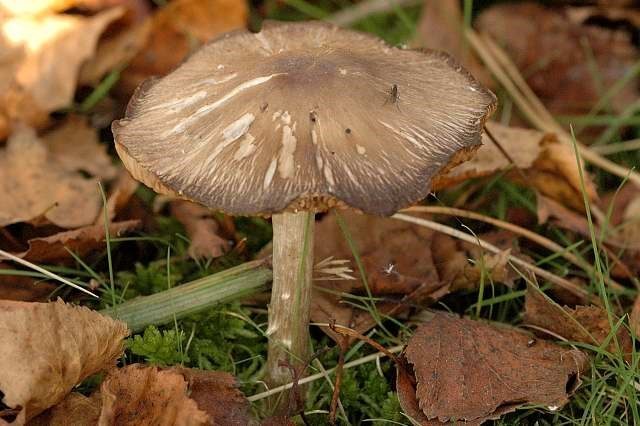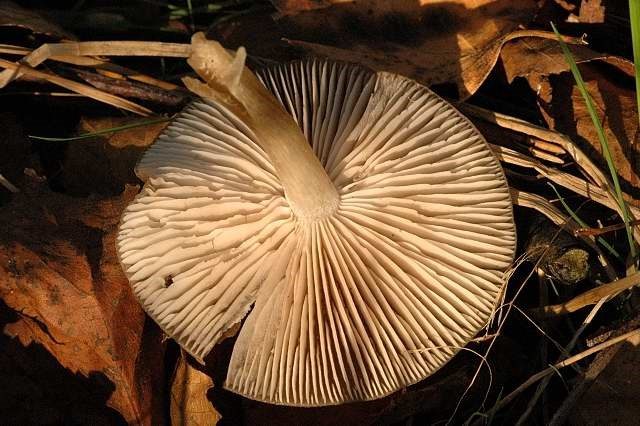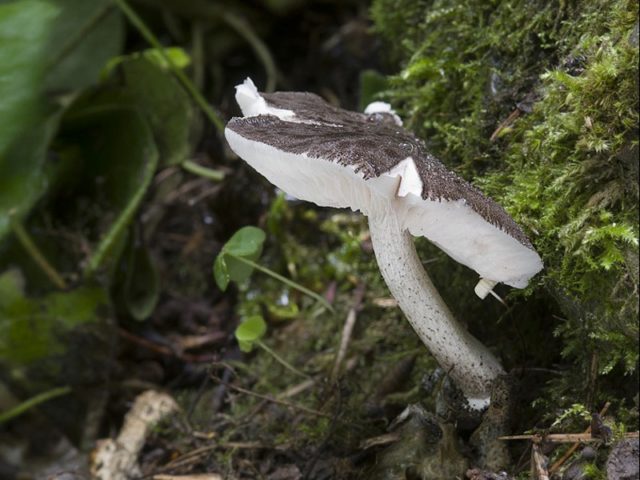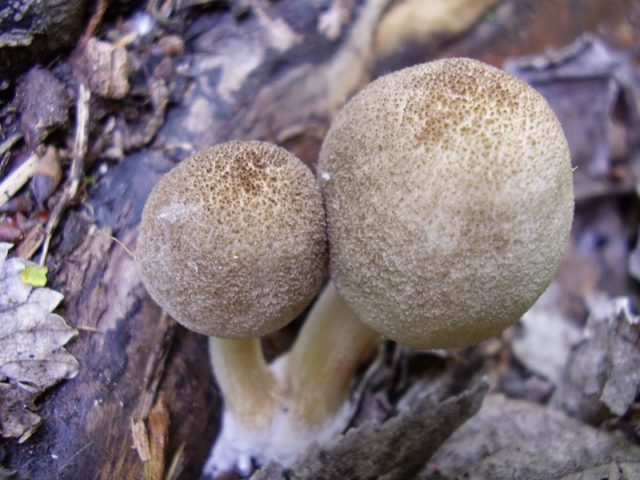Content
Scaly Plyutey (Pluteus ephebeus) is an inedible mushroom of the Pluteev family, the Plyutey genus. In the Wasser S.P. system, the species is assigned to the Hispidoderma section, in E. Wellinga's system to the Villosi section. The name of the genus "Pluteus" is translated from Latin as "shield". Other synonyms for the fungus are juvenile and lepiot-like whip. It is not found very often in forests. Scaly lice grows mainly on dead decaying wood and on soils rich in old woody debris.
What does a scaly rogue look like
The fruiting body of the scaly spit consists of a stem and a cap. It differs from other representatives of the genus in smaller size and pronounced scaly. The pulp of the mushroom is whitish in color, the spores are smooth - broadly ellipsoid, ellipsoidal or ovoid. A controversial pink powder. The plates are quite wide. Their location is free, dense. The color is pinkish gray at the beginning of growth. In a more mature stage, it is pink with whitish edges.
Description of the hat
The cap of the scaly spit is fleshy, fibrous, rather thick, covered with radial cracks. The peel hyphae contain a brown enzyme. The color of the cap varies from grayish to brown. It separates from the leg quite easily.
The shape of the cap differs somewhat - it can be semi-circular or convex.
In the process of growth, it becomes prostrate, sometimes with edges curled up, with a pronounced bulge in the middle. Small pressed scales are located in the center. The circumference of the cap is 30-100 mm.
Leg description
The leg is dense, brittle, smooth to the touch, with a characteristic shine. Cylindrical, 40-100 mm high, 40-70 mm thick. It grows in the center of the cap, there are no remnants of the bedspread. A small tuber and fibrous grooves are clearly visible at the base. The color of the leg is gray or white.
Where and how it grows
Scaly mushroom pickers are not found too often. You can find it on the territory of the European part of Russia, in particular, in the Rostov and Samara regions, as well as in the Far East and in the Primorsky Territory. It bears fruit actively from early August to mid-September in mixed deciduous plantations - plantings and forests. Scaly roaches are often found within the city - in the forest-park zone. The place is chosen by mushrooms on dead wood residues, old stumps, dead wood or directly on the ground.
Is the mushroom edible or not
Scaly fish belongs to the category of inedible mushrooms. The taste of the scaly spit pulp is astringent, tart. The smell is practically absent.
Doubles and their differences
The double of the scaly spit is the long-legged xerula (Xerula pudens) or the long-legged hymnopus.This is a representative of the Physalacriaceae family, the genus Xerula (Xerula). The mushroom is edible.
Distinctive characteristics of the mushroom:
- long (up to 15 cm) and thin (less than 3 cm) leg;
- large hat (about 8-10 cm);
- plates adhered to the leg;
- color - dark gray or brown lemon;
- good taste;
- pleasant aroma.
Conclusion
The scaly flock performs an important ecological function in the forest, which consists in the destruction of dead wood. The mushroom does not have excellent taste characteristics and useful properties, therefore, it has not found wide application either in cooking or in medicine. It is of interest only as a little-known and little-studied representative of the mushroom kingdom.














